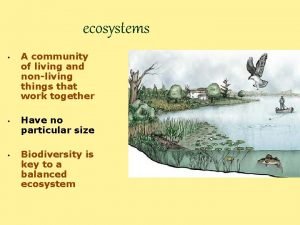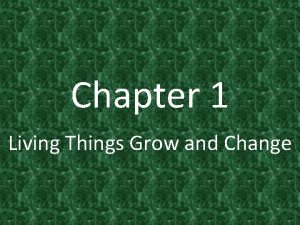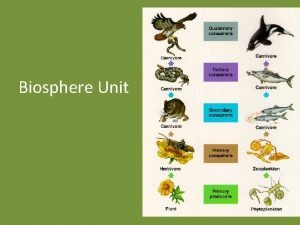Forces and Responses How do living things respond

















- Slides: 17

Forces and Responses How do living things respond to forces?

• TEKS 7. 7 C Demonstrate and illustrate forces that affect motion in everyday life, such as emergence of seedlings, turgor pressure, and geotropism • TEKS 7. 13 A Investigate how organisms respond to external stimuli found in the environment such as phototropism and fight or flight

Forces • A Force is a push or a pull on an object in a specific direction

Forces can be used by living organisms to perform basic functions.

Forces are used in many ways by humans.

For example, interactions between the muscular & skeletal systems allow the body to apply forces needed for movement.

Humans use the force of their heart muscles contracting to keep blood flowing through their bodies.

The roots of plants use force to push through the soil.

• Plants use force in other ways by changing their growth in response to their environment.

The way a plant responds to stimuli is called a tropism.

Geotropism • Geotropism occurs when a plant grows or bends in response to gravity.

A plant’s shoots will grow up and its roots will grow down.

Phototropism • The way a plant grows or bends in response to light is called phototropism.

The plant will grow toward light, even if it must grow sideways.

When a plant takes in water, the vacuole fills up and exerts pressure on the plant’s cell wall.

This pressure is called turgor pressure.

Turgor pressure allows a plant to become rigid causing the plant to stand upright.
 Venn diagram of living things and nonliving things
Venn diagram of living things and nonliving things Smallest living unit
Smallest living unit Seven life process
Seven life process Resultant of two parallel vectors
Resultant of two parallel vectors What are some contact forces and some noncontact forces?
What are some contact forces and some noncontact forces? Balanced forces and unbalanced forces venn diagram
Balanced forces and unbalanced forces venn diagram Is erosion constructive or destructive
Is erosion constructive or destructive Ecosystems examples
Ecosystems examples Limiting factor in ecosystem
Limiting factor in ecosystem Which part of the plant carries and protects the seed
Which part of the plant carries and protects the seed Single celled and multicellular organisms
Single celled and multicellular organisms Things that grow and change
Things that grow and change Live n living
Live n living Things in ecosystem
Things in ecosystem Tomato living or nonliving
Tomato living or nonliving Living non living dead
Living non living dead The forces shown above are pushing/pulling forces
The forces shown above are pushing/pulling forces Intramolecular forces
Intramolecular forces

































